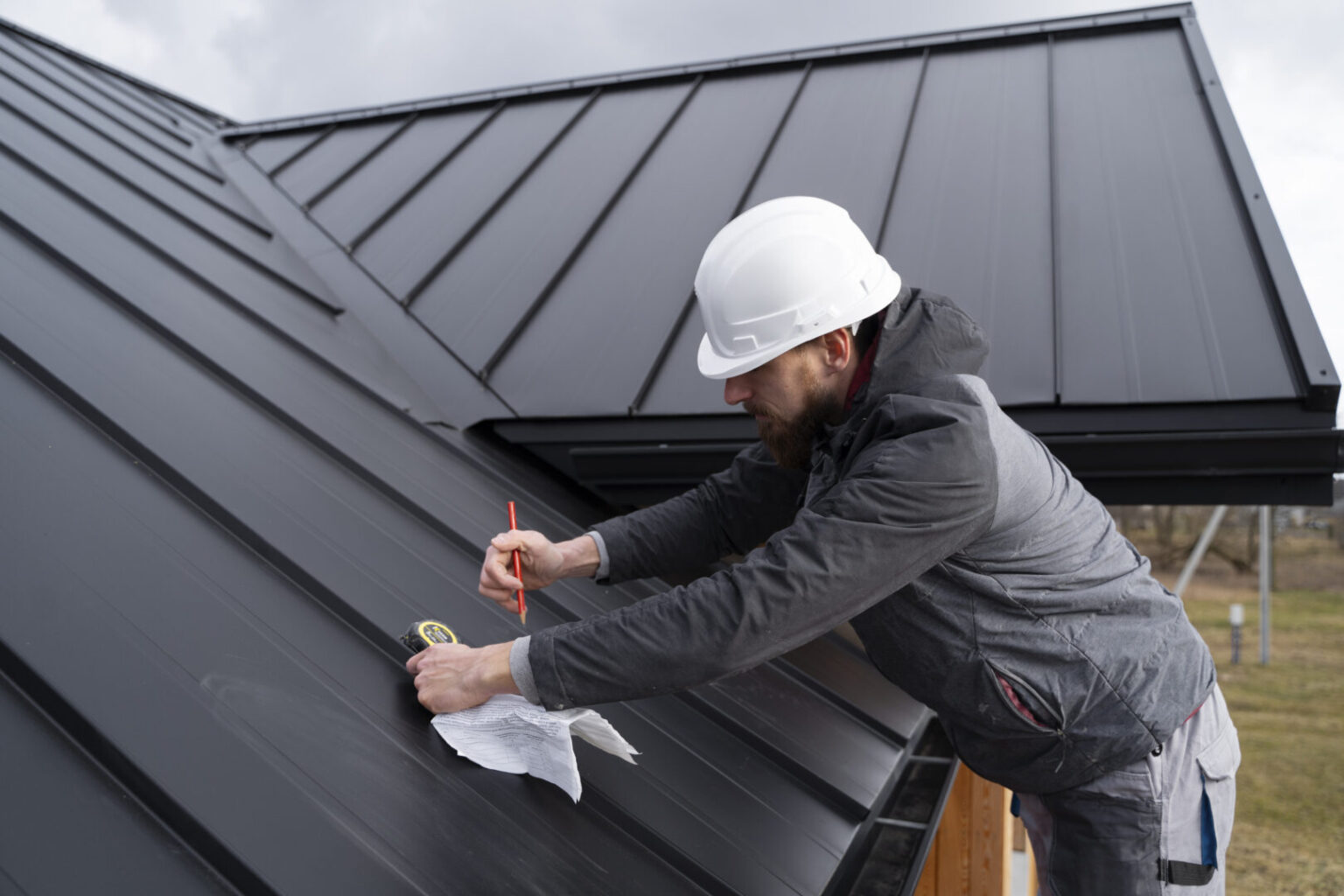
Maintaining the integrity of your home’s roof is essential for protecting your investment and ensuring the safety of your household. A proper roof inspection can identify potential issues before they become major problems, saving you money and extending the life of your roof. This article will guide you through the process of inspecting your roof, either on your own or by hiring a professional.
Why Roof Inspections Are Important
Your roof is the first line of defense against the elements, and regular inspections are crucial to catch wear and tear caused by weather, age, and other factors. Neglecting roof maintenance can lead to issues such as leaks, mold growth, or structural damage that might require costly repairs. A proper roof inspection helps detect these problems early, preventing further damage and ensuring the roof's longevity.
When to Inspect Your Roof
A roof inspection should be performed at least twice a year—ideally in the spring and fall. This ensures that your roof is ready to handle the extremes of summer heat and winter weather. Additionally, after any major storm or extreme weather event, it's wise to inspect the roof to check for damage from high winds, heavy rain, hail, or falling debris.
Key Areas to Check During a Roof Inspection
A comprehensive roof inspection involves checking both the exterior and interior of the roof. Here’s a breakdown of what to look for:
1. Exterior Roof Inspection
- Shingles: Check for missing, cracked, curling, or blistering shingles. These issues can allow water to seep in, leading to leaks and water damage.
- Flashing: Examine the flashing around chimneys, vents, and skylights. Damaged or corroded flashing can allow water to enter vulnerable areas.
- Gutters: Clogged or damaged gutters can prevent water from properly draining off the roof. Make sure gutters are free of debris, and check for signs of sagging or detachment.
- Soffits and Fascia: These components help protect your roof from water damage. Look for any signs of rot, cracking, or other damage.
- Roof Sagging: If the roof appears to be sagging or drooping in certain areas, this can indicate structural damage that needs immediate attention.
2. Interior Roof Inspection
- Attic Leaks: Check the attic for signs of water damage or moisture buildup. Water stains on the ceiling, walls, or insulation can indicate a roof leak.
- Ventilation: Proper attic ventilation is essential for maintaining a healthy roof. Poor ventilation can lead to moisture buildup, which can damage the roof and reduce its lifespan.
- Insulation: Inspect the insulation for dampness or signs of mold, which can indicate a roof leak or poor ventilation.
DIY Roof Inspection vs. Hiring a Professional
While some homeowners prefer to inspect their roofs themselves, there are advantages to hiring a professional roof inspector:
- Safety: Climbing onto the roof can be dangerous, especially if it’s steep or damaged. A professional is equipped with the tools and experience to safely inspect hard-to-reach areas.
- Expertise: Professional inspectors can identify problems that an untrained eye may overlook. They can also provide accurate assessments of the roof’s condition and recommend necessary repairs.
- Detailed Reports: A professional inspection often comes with a detailed report that outlines any issues found, along with suggested repairs and cost estimates.
Conclusion
A proper roof inspection is crucial for maintaining the integrity and safety of your home. By regularly inspecting your roof and addressing issues promptly, you can prevent costly repairs and prolong the life of your roof. Whether you choose to do the inspection yourself or hire a professional, making roof inspections a priority will help protect your investment and give you peace of mind.
By staying proactive with roof maintenance, you'll be better equipped to handle the wear and tear that comes with time and weather, keeping your home in excellent condition for years to come.